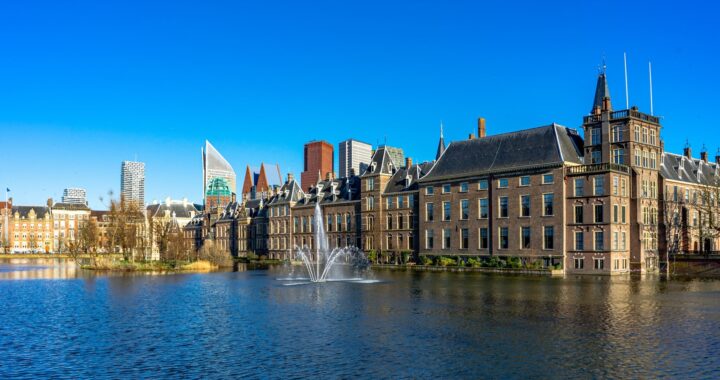Higher education | Definition, Degrees, History, & Goals,

Higher education
Introduction
Higher schooling is a crucial element of human capital improvement and financial increase. It provides students with the knowledge, talents, and values they want to be triumphant within the workforce and in lifestyles. In India, higher education has a protracted and wealthy record, relationship again to the historical universities of Nalanda and Takshashila. Today, India has vast and various better training devices, with over forty,000 faculties and universities.
History of Higher Education in India
The records of higher education in India can be traced returned to the historic universities of Nalanda and Takshashila. Nalanda University was founded in the fifth century CE and became one of the maximum critical centers for getting to know the global for centuries. It attracted students from throughout Asia and taught an extensive range of subjects, such as philosophy, arithmetic, remedy, and astronomy. Takshashila University was founded in the seventh century CE and changed into a first-rate middle of studying. It was acknowledged for its regulation faculty and its scientific school.
After the decline of the Gupta Empire in the sixth century CE, India suffered a duration of political and economic instability. This led to a decline in higher schooling, and the various historic universities have been destroyed. However, higher schooling persisted to exist in a few parts of India, and new universities were established in the twelfth century CE.
The British colonial length saw a tremendous expansion of better schooling in India. The British government founded several universities, which includes the University of Calcutta (1857), the University of Bombay (1857), and the University of Madras (1857). These universities have been modeled on British universities and supplied Western-style schooling.
After independence in 1947, the Indian government made a dedication to expanding admission to better schooling. The range of universities and faculties increased rapidly, and using the Eighties, India was considered one of the most important training systems in the world.
Challenges Facing Higher Education in India
Despite its size and boom, India’s higher education system faces several challenges. One of the most important challenges is access. Only about 25% of Indians have get right of entry to to higher training, and this wide variety is even decreasing for women and marginalized groups. Another assignment is best. Many Indian universities and faculties are overcrowded and short of the resources they want to offer first-class training.
The high value of better schooling is likewise an assignment. The value of tuition, expenses, and dwelling expenses can be prohibitive for plenty of households. This has caused a developing scholar debt crisis in India.
Opportunities for Higher Education in India
Despite the challenges, India’s higher schooling device also has some of the possibilities. One of the most important possibilities is the increase of the Indian financial system. The Indian financial system is developing at a speedy pace, and that is growing a call for skilled people. Higher education can help Indians gather the talents they need to be triumphant in the workforce.
Another possibility is the growing internationalization of better training. Indian universities are increasingly taking part with overseas universities, and this is giving Indian students the possibility to study overseas. This internationalization is also supporting the nice of Indian higher training.
Conclusion
India’s better education system is going through several demanding situations, however, it also has some opportunities. The authorities and the personal region want to paint collectively to deal with the demanding situations and to capture the possibilities. If they are a hit, India’s better education machine can play a primary position in the country’s economic and social improvement.
In addition to the challenges and possibilities stated above, here are some different key troubles in higher training in India:
- The excellence of coaching and research in Indian universities is frequently uneven.
- There is a loss of OK investment for better training.
- The authorities wish to do more to modify the private area for better schooling.
- There is a need to address the gender gap in higher training.
- More wishes to be accomplished to promote diversity in higher education.
- Despite those challenges, India’s higher training system has made big progress in recent years. The government and the private quarter are running collectively to improve the best of schooling, to get entry to, and to make better schooling greater and less costly. With persevered funding and attempts, India can reap its aim of becoming an international leader in better training.




 Study Skills Guide: Study Tips, Benefits Strategies & Lessons
Study Skills Guide: Study Tips, Benefits Strategies & Lessons  The Artistic Heritage of The Hague: More Than Just Politics
The Artistic Heritage of The Hague: More Than Just Politics  Understanding the Tips and Poker Rules | How to Win?
Understanding the Tips and Poker Rules | How to Win?  Higher education | Definition, Degrees, History, & Goals,
Higher education | Definition, Degrees, History, & Goals, 